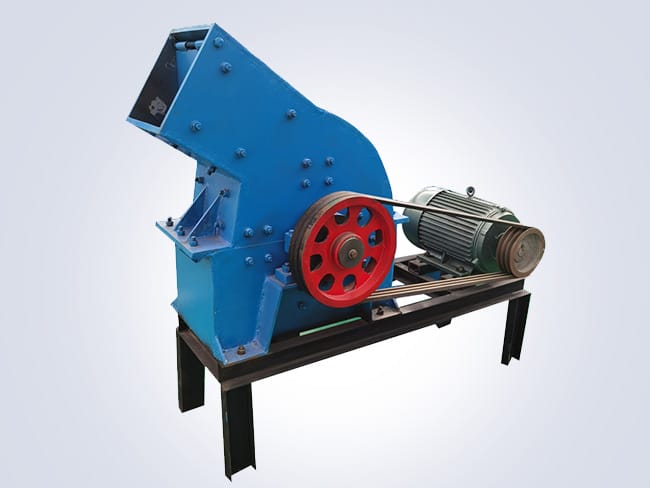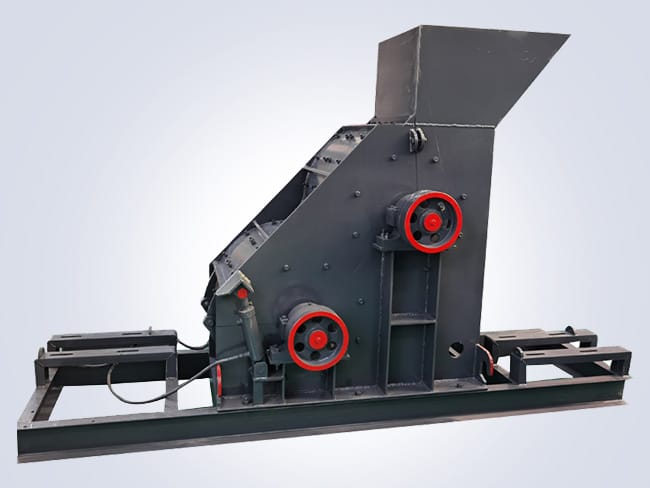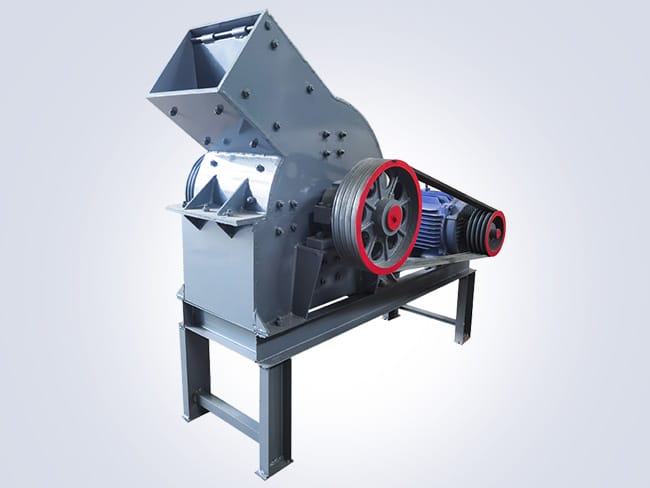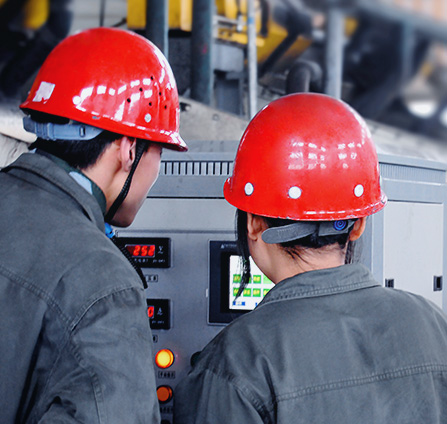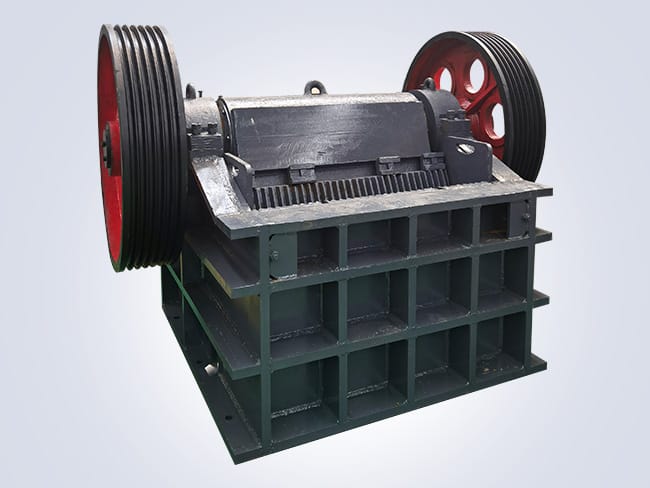
The jaw crusher, as an indispensable piece of heavy machinery in industries such as mining and construction. Is renowned for its excellent crushing capability. It is primarily used for primary crushing operations on large rocks, ores. And other hard materials, serving as the first step in mineral processing and resource utilization.
Design Advantages of the Jaw Crusher
The working principle of this equipment is based on a simple swing motion. The machine mainly consists of a moving jaw plate, a stationary jaw plate, an eccentric shaft, and springs. During operation, the motor drives the eccentric shaft to rotate through a transmission device. Causing the moving jaw plate to perform periodic reciprocating movements. When the moving jaw plate approaches the stationary jaw plate. The material caught between them is crushed by compression, bending, and grinding forces. When the moving jaw plate moves away from the stationary jaw plate, the material that has been crushed to a certain size is discharged from the bottom. This process repeats continuously, enabling uninterrupted crushing operations.
This type of crusher is designed to be robust and durable, with a relatively simple structure that makes it easy to maintain and service, allowing it to adapt to harsh working environments. Moreover, with technological advancements, modern jaw crushers have made significant progress in improving production efficiency and reducing energy consumption, providing strong support for industrial development. Whether in the extraction of hard ores or the recycling of waste building materials, jaw crushers play a crucial role.




